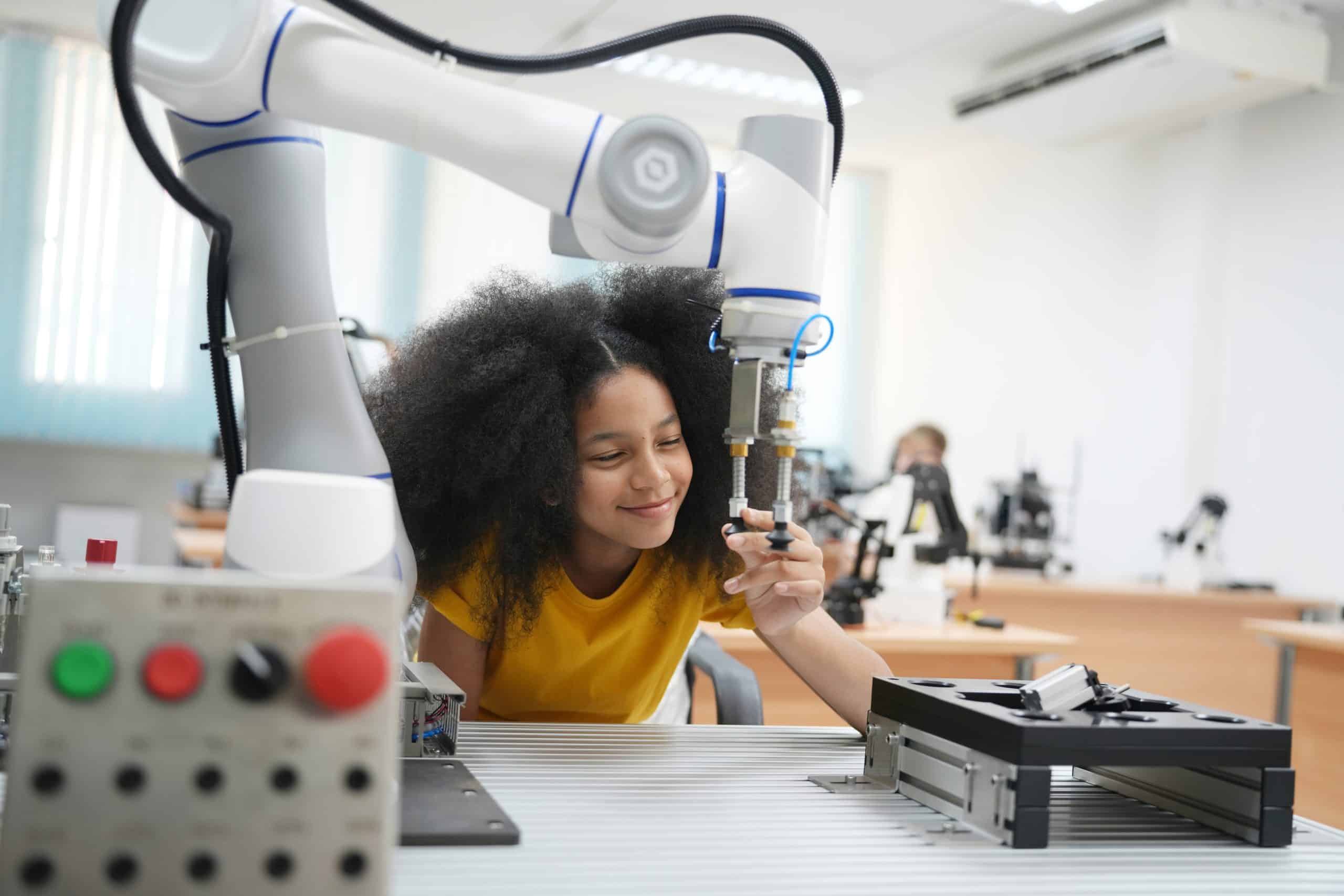What Are the Advances in Self-Cleaning Surfaces for Public Transportation?

In the hustle and bustle of everyday life, public transportation serves as a vital artery, circulating people through the cityscape. Trains, buses, and trams play an integral role in our daily routines, connecting us to work, family, and leisure activities. However, they also pose a significant challenge when it comes to cleanliness and hygiene. With countless passengers boarding every day, these transportation modes can become a hotspot for bacteria and viruses.
Fortunately, in today’s tech-savvy world, innovative solutions arise to address this issue. Let’s explore the exciting frontier of self-cleaning surfaces for public transportation, a ground-breaking technology that promises enhanced safety and peace of mind for travellers.
Dans le meme genre : How Is AI Facilitating Personalized Nutrition Plans Based on Genetic Information?
The Science Behind Self-Cleaning Surfaces
Before diving into the advances, we should first understand what self-cleaning surfaces are and how they operate. Essentially, these are materials that can maintain their cleanliness without human intervention. But how is this possible?
Self-cleaning surfaces rely on certain chemical properties and coatings that either repel dirt or break it down. Let’s explore these technologies in more detail.
En parallèle : Can Virtual Reality Exposure Therapy Treat PTSD More Effectively?
Hydrophobic and Hydrophilic Coatings
Hydrophobic coatings are substances that repel water, while hydrophilic ones attract it. When applied to a surface, these coatings can help prevent the buildup of dirt and grime. Hydrophobic coatings make surfaces water-repellent, making it difficult for dirt particles to cling onto them. On the other hand, hydrophilic coatings tend to spread water across the surface, carrying away the dirt in the process.
Photocatalytic Coatings
Photocatalytic coatings contain compounds like titanium dioxide that can catalyze a reaction under light, breaking down organic compounds. When exposed to light, these coatings generate free radicals that can oxidize and destroy bacteria, viruses, and organic matter.
Notable Advancements in Self-Cleaning Surfaces for Public Transportation
Now that we have a grasp of the basic science, let’s turn our attention to the recent advancements in the field. These developments are making a huge impact on public transportation, offering promising solutions for improved cleanliness and hygiene.
Antimicrobial Copper Alloys
Copper has natural antimicrobial properties, and when it is alloyed with other metals, it can become a potent self-cleaning surface. This material has been tested on public transport systems, and the results are impressive. Studies show that copper alloy surfaces can significantly reduce the amount of bacteria present, providing a safer environment for passengers.
Self-Cleaning Ceramics
Ceramics coated with a layer of photocatalytic titanium dioxide are a promising avenue for self-cleaning surfaces. When exposed to sunlight, these ceramics can degrade organic matter and kill bacteria. This technology is particularly useful for outdoor parts of public transportation, such as bus and tram stops.
Application of Self-Cleaning Surfaces in Public Transportation
Adapting self-cleaning technology to various aspects of public transportation can influence the overall cleanliness and hygiene in these spaces.
In Vehicle Interiors
Consider a bus or a train, where surfaces like seats, handrails, and armrests are frequently touched by numerous passengers. Implementing self-cleaning materials in these areas could significantly reduce the transmission of microorganisms. Manufacturers are currently exploring materials like antimicrobial copper alloys and photocatalytic ceramics for vehicle interiors.
At Stations and Stops
Public transportation stations and stops are also high-traffic areas that could benefit from self-cleaning surfaces. Ticket machines, benches, railings, and other high-touch points could be designed with materials that self-sanitize, thereby reducing the spread of germs.
Challenges and Future Directions
While the benefits of self-cleaning surfaces are evident, there are challenges to be addressed. For instance, the cost of these materials is a significant factor to consider. Plus, durability and the effectiveness of these surfaces under different environmental conditions need further investigation.
However, as research progresses and technology evolves, it is anticipated that these hurdles will be overcome. The potential of self-cleaning surfaces in enhancing public health is immense, and we can expect to see more of these technologies incorporated into our public transportation systems in the near future. The journey towards cleaner, safer public transit is just beginning, and the horizon looks promising.
Advances in Nanostructured Surfaces
Dipping further into the realm of high-tech solutions, nanostructured surfaces represent a significant leap in the science of self-cleaning materials. These surfaces are specially engineered at the nanoscale to imbibe the properties of certain natural phenomena.
Nanoparticles of titanium dioxide and zinc oxide, for instance, have been used to create self-cleaning surfaces. When these nanoparticles are exposed to sunlight, they generate electron-hole pairs that can break down organic compounds and kill bacteria, much like photocatalic coatings.
Moreover, there is also a growing interest in surfaces that mimic the self-cleaning properties of certain plants and animals. For instance, the lotus leaf is known for its exceptional ability to repel water and dirt – a phenomenon known as the lotus effect. Scientists have been able to replicate this effect using nanostructured surfaces, resulting in materials that are highly resistant to dirt and grime.
Smart Materials and Self-Healing Surfaces
The future of self-cleaning surfaces holds even more intriguing possibilities. One area of research that is gaining traction is the development of smart materials. These are materials that can respond to changes in their environment and adapt their properties accordingly.
Self-healing surfaces are one application of this technology. These surfaces are embedded with microcapsules containing a healing agent. When the surface is damaged, the microcapsules break open, releasing the agent that fills in the cracks and restores the surface to its pristine state.
There is also ongoing research into the development of materials that can switch between being hydrophobic and hydrophilic. Such surfaces could potentially be programmed to switch their properties at regular intervals, effectively "washing" themselves of accumulated dirt and grime.
The Road Ahead
While the advances in self-cleaning surfaces are nothing short of revolutionary, the journey is far from over. Scientists are continually pushing the boundaries of what is possible, and the future holds even more exciting possibilities.
However, it is important to remember that these innovations are not ends in themselves. Rather, they are means to achieve a larger goal – that of creating a safer, healthier environment for the countless people who rely on public transportation every day. And though challenges remain, there is every reason to be optimistic.
Decades from now, we may look back on the era of dirty, bacteria-laden public transport vehicles with a sense of disbelief. Thanks to the pioneering work of researchers and scientists in the field of self-cleaning surfaces, that future is not as far off as it may seem. Until then, we can look forward to a future where public transport is not just a means of getting from point A to B, but a truly clean, safe, and pleasant experience.
